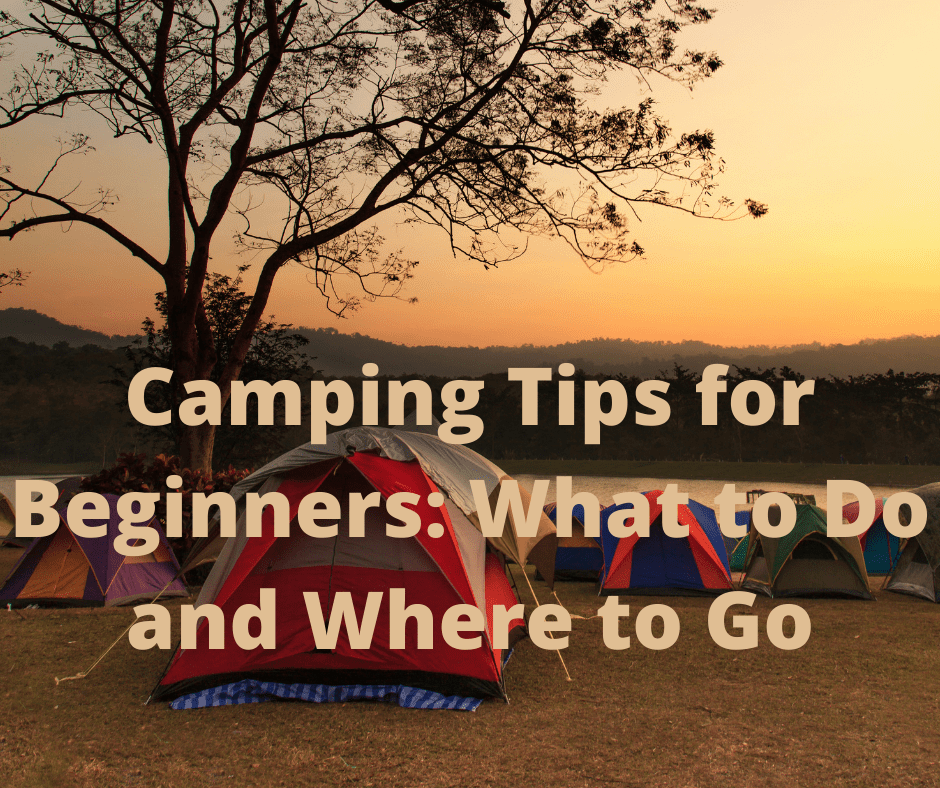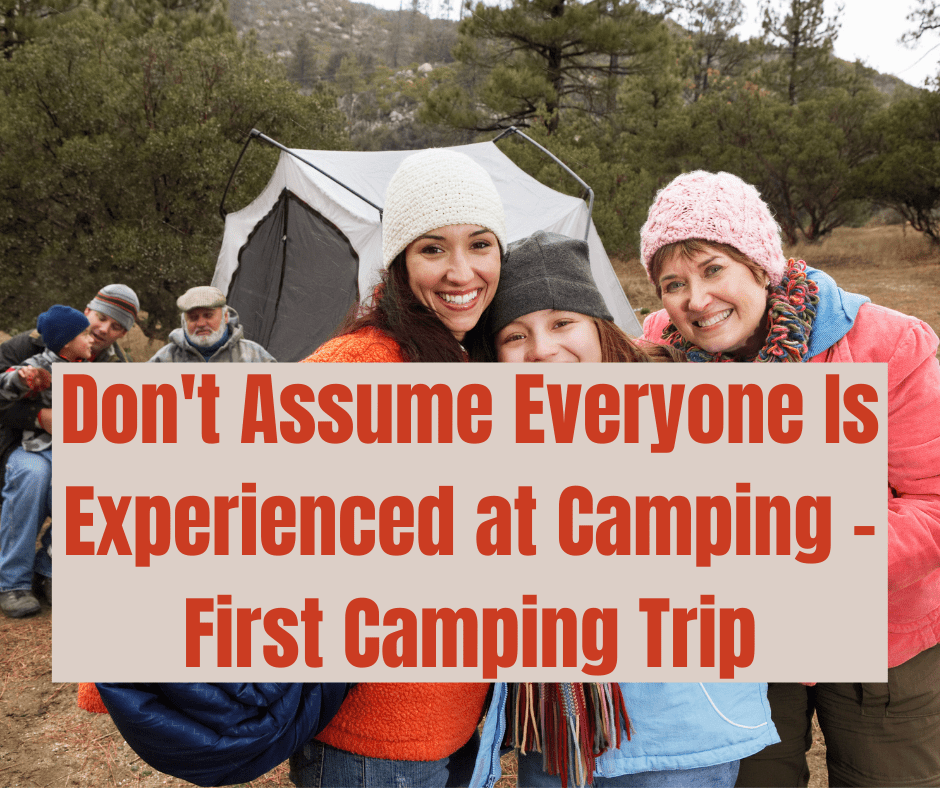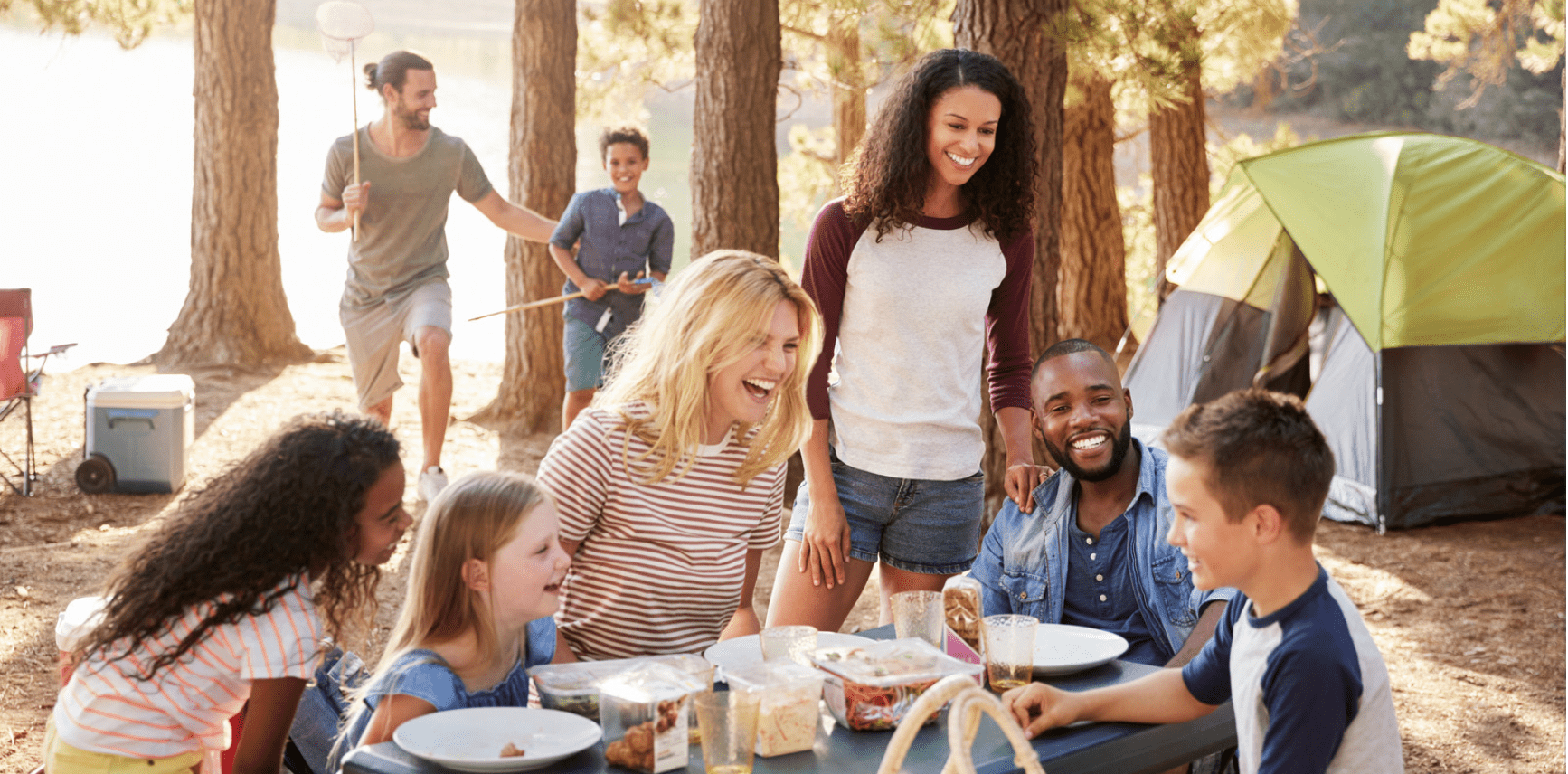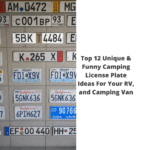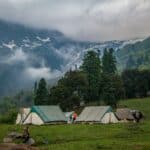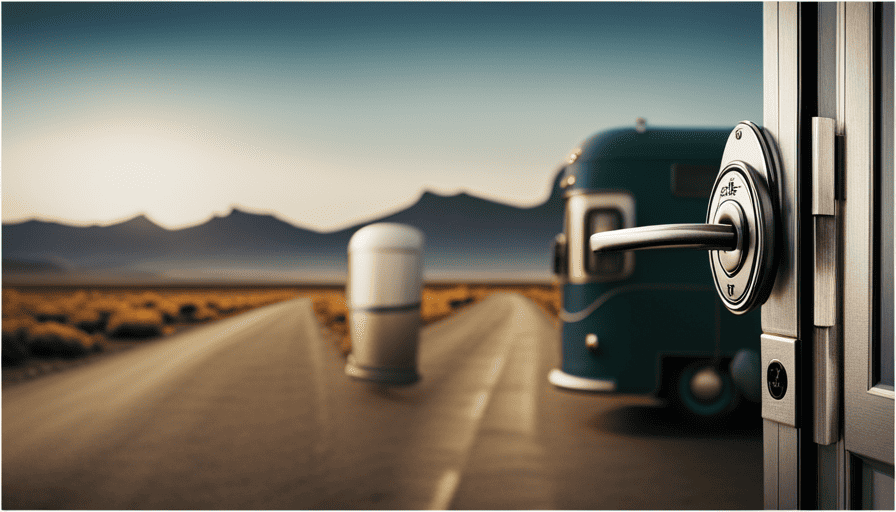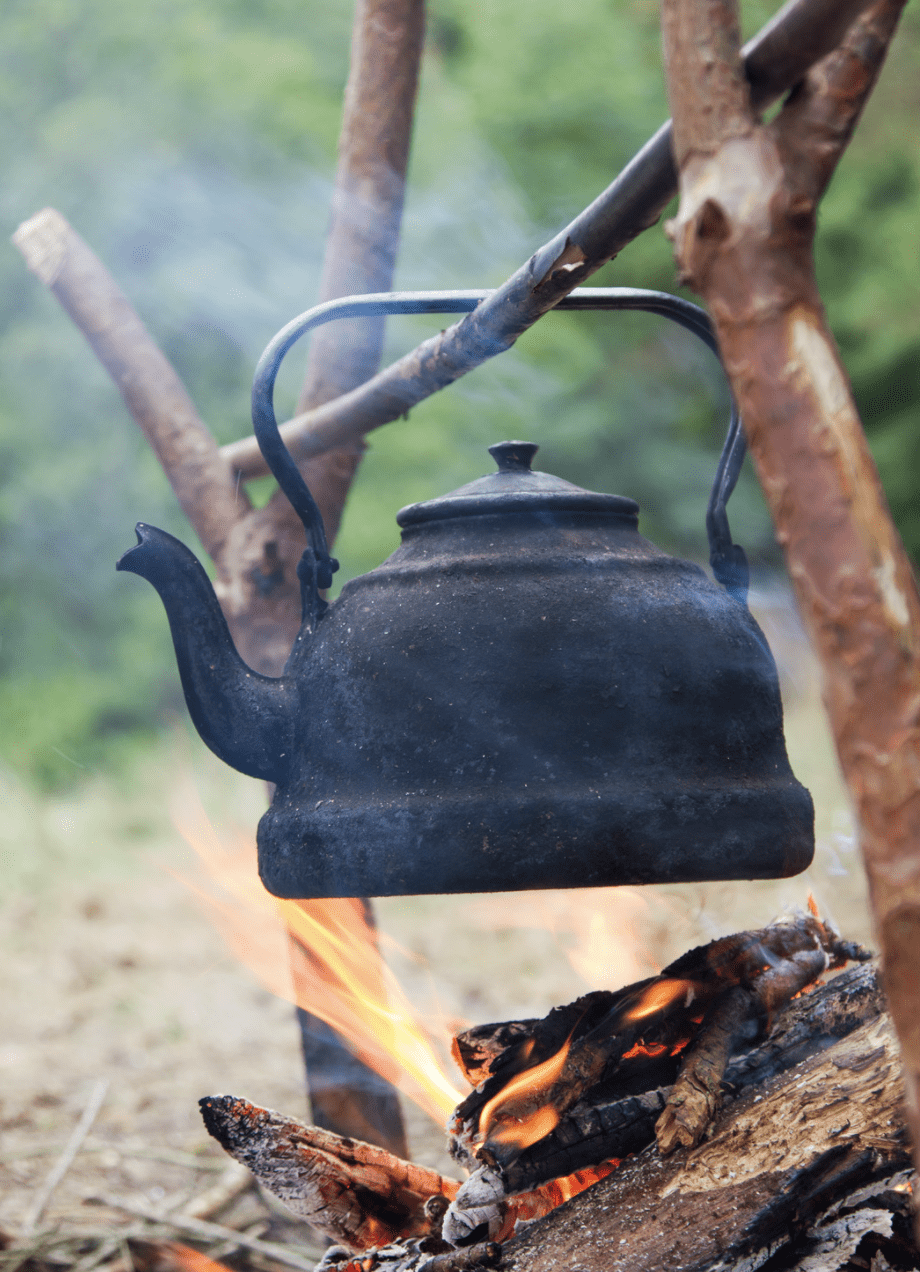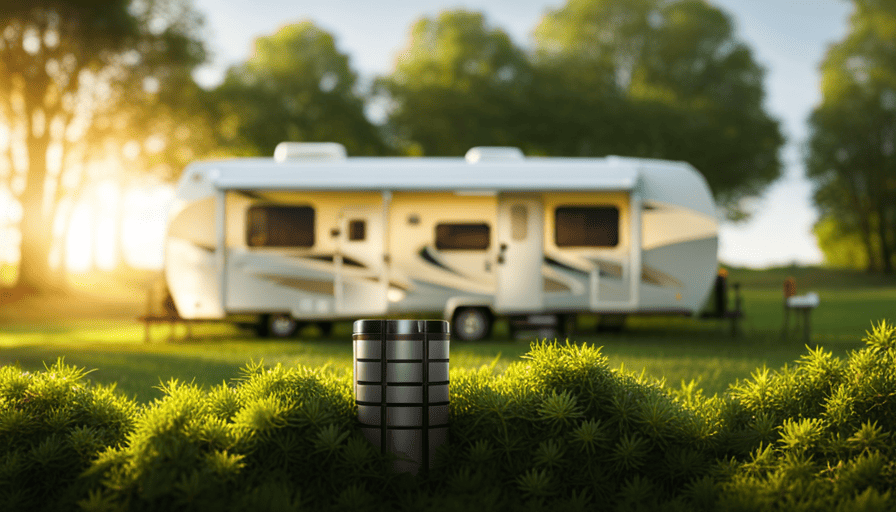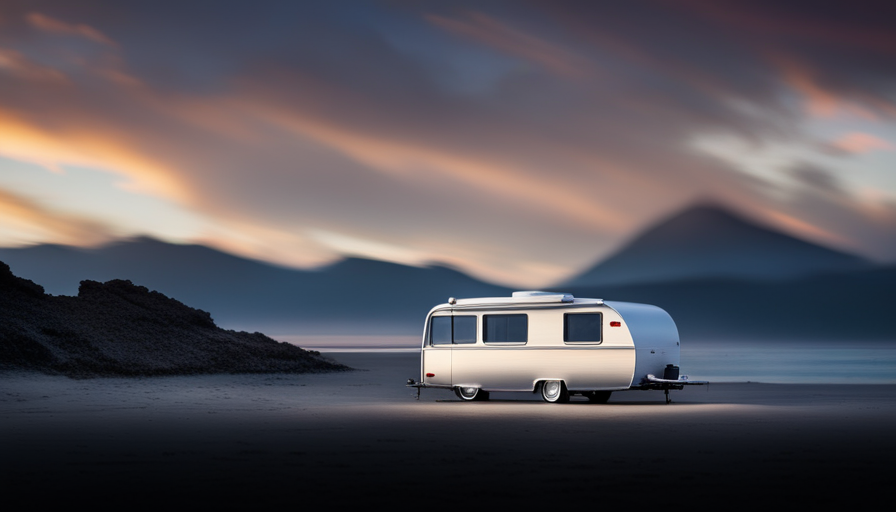Heading out for a camping trip offers a great chance to connect with nature and enjoy the great outdoors. If you’re new to camping, it can be a little intimidating. What gear should you pack? What kind of activities should you prepare for? Where are the top spots for your outdoor getaway?
Don’t worry, we’ve got you covered! This blog post will give you some tips on what to do and where to go camping. We’ll also provide some advice on camping with your family and furry friends!
Camping Can be Simple
Camping is a beloved pastime for many people, but it can seem daunting to those who have never tried it. However, camping is actually a very simple activity that anyone can enjoy.
The first step is to choose a location. There are countless campgrounds all across the country, so there is sure to be one that meets your needs.
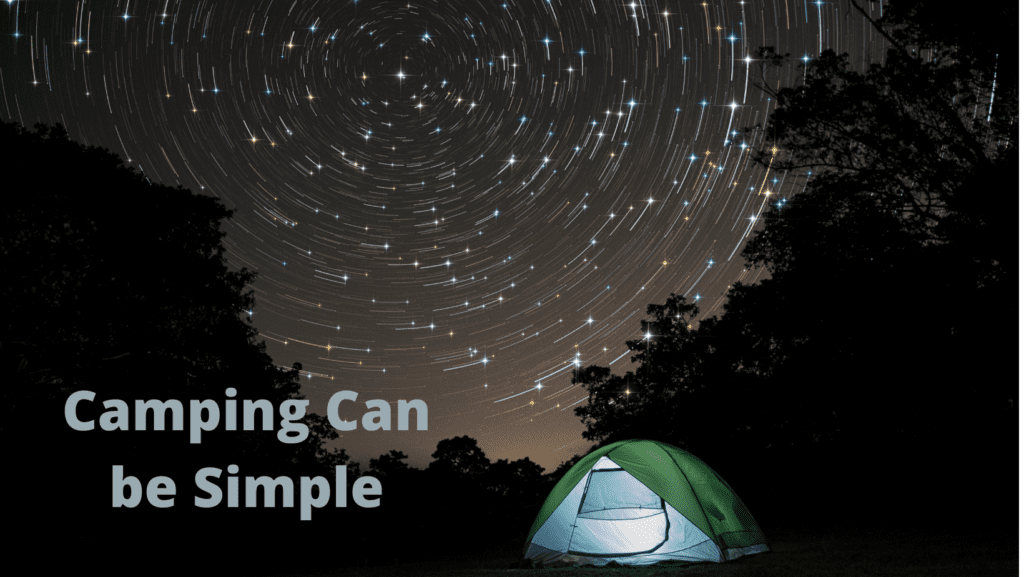
Once you have found the perfect spot, the next step is to obtain a permit. This can usually be done online or by contacting the campground directly. With a little planning and preparation, camping can be an enjoyable and hassle-free experience for everyone.
Camping Tips for Beginners
When it comes to packing for a camping trip, there are a few essential items that you should always bring along. First and foremost is common sense. With any outdoor activity, it’s important to use your head and be aware of your surroundings. The second thing you should pack is patience.
Camping can be a great way to relax and unwind, but it’s not always easy. There may be long hikes, bad weather, and uncomfortable sleeping arrangements. But if you can take it all in stride, you’re sure to have a good time. The third item on the list is flexibility.
Things rarely go according to plan when you’re camping, so it’s important to be able to roll with the punches.
And last but not least, don’t forget the wild card: a sense of humor. If you can laugh at the mishaps and enjoy the experience, you’re sure to have a memorable trip.
So pack up your sense of humor along with the rest of your gear, and you’re sure to have a great time no matter what Mother Nature throws your way.
Hike, Fish, Swim, Stargaze
One of the best things about camping is that there are endless possibilities for activities. You can hike, fish, swim, stargaze, and more! It’s important to do some research beforehand to figure out what activities are available at your campsite.
That way, you can be sure to pack everything you need. Some campsites also have ranger-led programs that can be a great way to learn about the area and get involved in some fun activities.
Where to Go Camping
When it comes to deciding where to go camping, there are a few things to consider. First, think about what kind of scenery you want. Do you want to be in the mountains? Near a lake? In the desert? Once you’ve decided on a general location, you can start looking at specific campsites.
Be sure to check out the amenities each site offers and read reviews from other campers. You should also consider your camping companions when choosing a campsite. If you’re bringing young children or pets, make sure to find a site that is friendly to them!
Camping a Great Bonding Experience
Camping with your family can be a great bonding experience. It’s important to choose a location and activities that everyone will enjoy. When setting up your tent, be sure to put it in a spot that is level and away from any potential hazards like poison ivy or steep drop-offs.

It’s also a good idea to have a plan for meals ahead of time so that everyone knows what they’re supposed to bring. And don’t forget the marshmallows!
Your Furry Friend
If you’re bringing your furry friend along on your camping trip, keep a few things in mind. First, make sure that your campsite is pet-friendly. Then, pack all of the supplies you’ll need for them including food, water, bowls, a leash, and waste bags.
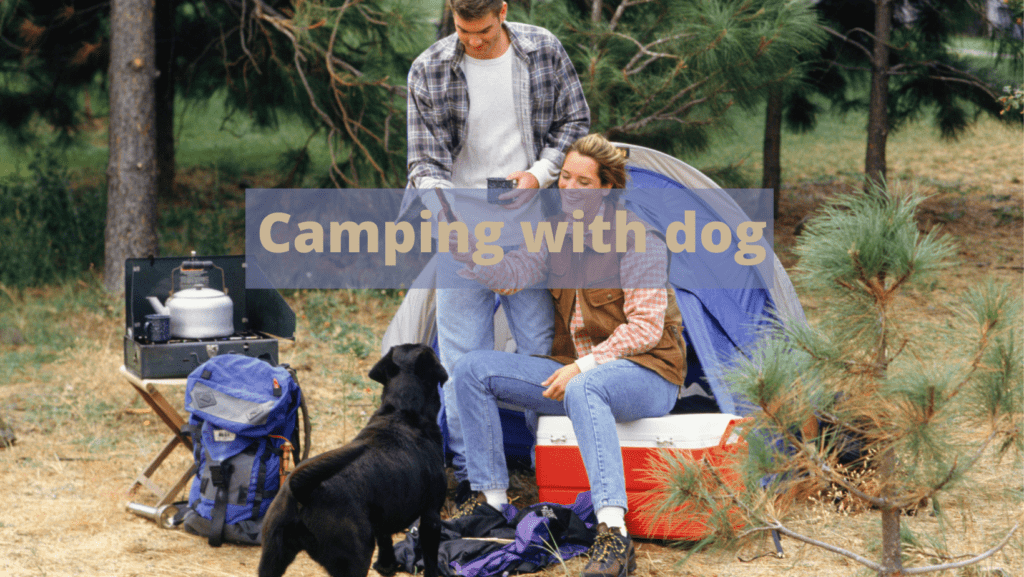
When hiking with your dog, be sure to stick to trails that are appropriate for their skill level and don’t let them off the leash unless it is allowed.
Camping is a great way to get outside and enjoy nature. With a little planning and preparation, it can be a fun and safe experience for everyone involved!
Selecting Your Interests and Essentials
When most people think of camping, they picture tents, campfires, and roasting marshmallows. While these are certainly some of the most popular activities associated with camping, there is so much more to this beloved pastime.
In order to ensure that your camping trip is both relaxing and fun, it is important to take the time to determine your interests and needs. This process will help you to narrow down your options and make the most of your time in nature.
One of the first things to consider is what type of camping you would like to do. Are you looking for a more rustic experience, or do you prefer campsites with more amenities? If you are bringing young children along, you may also want to consider finding a campground that offers activities for kids.
Once you have a general idea of the type of camping you would like to do, you can begin to research specific campgrounds. When reading reviews, pay attention to both the positive and negative aspects of each location. This will help you to get a better sense of whether or not a particular campground is right for you.
In addition to finding the perfect campground, it is also important to consider what type of gear you will need for your trip. If you are planning to do any hiking or backpacking, you will need to make sure that you have the proper footwear and clothing. It is also a good idea to pack a first-aid kit in case of any minor injuries. And, of course, don’t forget the marshmallows!
What to Do and Where to Go
Once you have selected your campground and gathered your gear, it is time to hit the road! Camping is a great way to get outside and enjoy nature. With a little planning and preparation, it can be a fun and safe experience for everyone involved!
When deciding to go camping, there are many things to consider. One of the most important questions is what activities you hope to pursue while on your trip. Are you interested in fishing, hiking, swimming, or climbing? Each of these activities will lead you to different types of campsites. For example, if you are interested in fishing, you will want to find a campsite near a good fishing spot.
On the other hand, if you are interested in swimming, you will want to find a campsite near a lake or river. In addition to thinking about the activities you want to pursue, it is also important to consider the type of scenery you hope to see. Are you hoping to see vast fields of wildflowers or get a good view of the stars at night? Once you have a clear idea of what activities and scenery you are hoping for, you can begin to narrow down your choices for campsites.
Choosing Your Campsites Destination
When it comes to camping, there are endless possibilities for destinations. You can choose to pitch your tent in the middle of a dense forest or opt for a more developed campsite near a lake. No matter where you decide to go, it’s important to do your research ahead of time and be prepared for the conditions you may encounter.
If you’re unfamiliar with the area, be sure to ask around for recommendations and advice. Once you’ve chosen a destination, take some time to familiarize yourself with the layout of the land and identify any potential hazards.
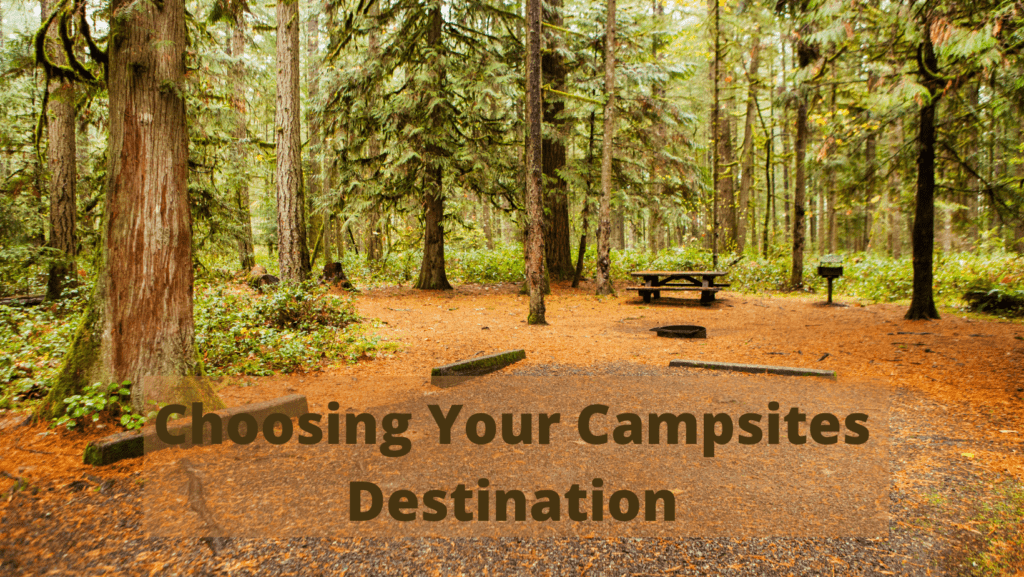
Once you have a general idea of the area, you can start to narrow down your search for the perfect campsite. When you’re ready to set up camp, be sure to clear away any debris that could become a tripping hazard, and make sure your tent is staked down securely.
By taking the time to plan ahead and choose your destination carefully, you can ensure that your camping trip is safe and enjoyable for everyone involved.
There is something about the planning stages of a camping outing that I just love. Maybe it’s the sense of anticipation and excitement that comes with knowing that an adventure is on the horizon. Or maybe it’s the opportunity to dream and plan, to imagine all of the different ways that the trip could unfold.
Whatever the reason, I always spend as much time as I can in the planning stages, pouring over books and maps, scribbling notes, and making lists. It’s all part of the fun for me, and it helps to ensure that my trips are as enjoyable and successful as possible. So if you’re planning a camping trip, take your time, do your research, and dream big. You might just be surprised at what you’re able to achieve.
Research and Speak to Those Who Have Been There Before
Camping can be a great way to get in touch with nature and escape the hustle and bustle of everyday life. However, before heading out into the wilderness, it is important to do your research and talk to those who have been there before.
Firsthand experience is invaluable for obtaining specific information about the location of such things as hidden hot springs, the best place to fish, the ideal campsite, seasonal insect populations, bear or other animal precautions, and the difficulty of the terrain.
By talking to those who have been there before, you can make sure that you are fully prepared for your camping trip and that you have all of the information that you need in order to make it a safe and enjoyable experience.
Conclusion
Camping can be a great way to get in touch with nature, escape the hustle and bustle of everyday life, and have some fun with friends and family. However, before heading out into the wilderness, it is important to do your research and talk to those who have been there before.
Firsthand experience is invaluable for obtaining specific information about the location of such things as hidden hot springs, the best place to fish, the ideal campsite, seasonal insect populations, bear or other animal precautions, and the difficulty of the terrain.
By taking the time to plan ahead and choose your destination carefully, you can ensure that your camping trip is safe and enjoyable for everyone involved. So get out there and enjoy the great outdoors! Thanks for reading.
Happy trails!
Camping Tips for Beginners: What to Do and Where to Go FAQ
Now that you have a better idea of how to choose your campsite and what to do once you get there, you might be wondering about some of the other details. Here are answers to some frequently asked questions that will help you plan your trip.
How long should I plan to stay?
This is completely up to you! Some people like to camp for just a night or two, while others prefer to stay for a week or more. It all depends on your schedule and what you hope to accomplish during your trip.
What kind of camping gear do I need?
Again, this will depend on the type of camping trip that you are planning. If you are staying in developed campsites, you probably won’t need much more than a tent, some sleeping bags, and a camp stove. However, if you are planning to hike into the backcountry, you will need to be sure that you have all of the necessary gear, including a map and compass, appropriate clothing and footwear, and enough food and water for the entire trip.
What about food?
When it comes to food, there are two schools of thought. Some people like to bring along all of their favorite camping recipes and cook every meal from scratch. Others prefer to keep things simple by packing easy-to-prepare foods such as granola bars or instant oatmeal. No matter what your preference is, be sure to pack enough food for everyone in your group, plus a little extra in case of emergencies.
What are some other things I should bring?
In addition to the basics, there are a few other items that can make your camping trip more enjoyable. These might include binoculars for wildlife watching, a camera to capture memories, and a journal to document your adventures. You should also pack any medications that you or someone in your group might need, as well as a first-aid kit and a flashlight.
When is the best time of year to go camping?
The best time of year for camping depends on personal preferences. Some people like to camp in the spring when the weather is mild and the flowers are blooming. Others prefer the summer for its long days and warm nights. Fall is a great time to go camping because of the beautiful colors of the leaves, while winter can be a magical time to be in the woods with crisp, clean air and blankets of snow.
Where are some good places to go camping?
There are countless wonderful places to go camping all over the world. Some popular destinations include national parks, state parks, forests, and lakes. You can also find many private campgrounds that offer a wide variety of amenities.
How do I make reservations for a campsite?
Reservations for campsites can usually be made online or by phone. It is important to make reservations in advance, especially if you are planning to camp during peak season.
What are some things I should know before I go camping?
Before you go camping, it is important to do your research and plan ahead. You should be familiar with the area where you will be camping, including t
How can I find more information about camping?
If you want to learn more about camping, there are many resources available online and in libraries. You can also talk to people who have experience camping, such as friends or family members. Lastly, don’t forget to ask the staff at the campsite for tips on how to make the most of your trip!

